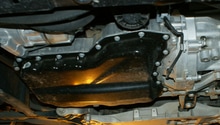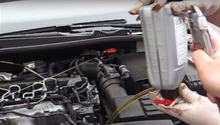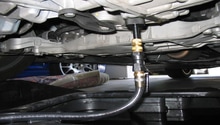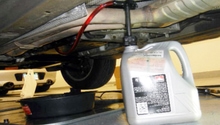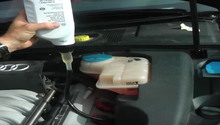Audi A3: Transmission Diagnostic Guide
Transmission issues can be the worst, as they are confusing, inconvenient and can be expensive to fix. Knowing what the problem is before you go to the shop can save you some money, so read on.
This article applies to the Audi A3 (2005-2016).
The transmission is one of the most expensive components on the Audi A3, and it is not your typical slushbox automatic, but an advanced automated, dual clutch, manual transmission. It's a complicated part that is critical to the operation of your vehicle, with computers, electronics, hydraulics, and mechanical elements that all have to work together. The dealership may charge $100 an hour, just to diagnose problem with your Audi, and even more money to fix it if it is no longer under warranty. Transmission issues can include grinding noise, jerking, getting stuck into gears, or not being able to even move the lever out of "park." Before going to the dealership, give this article a read; maybe you will be able to glean the culprit, and possibly even fix it yourself.

Materials Needed
- Flashlight
- Rag
- Socket set
- Drain pan
- Jack and jack stands
Step 1 – Check transmission fluid
It could be low.
The transmission fluid is the best place to start because the S-tronic transmission uses it for both lubrication and hydraulic purposes. Your transmission fluid could be low, leaking, or just old and dirty. Low transmission fluid could result in a series of problems, from hesitation to grinding.
To check the transmission fluid, you have to drive the car for at least 10 minutes, and use both forward and reverse to get it up to operating temperature. Next raise your car, secure it with jack stands, and then remove the fill/drain plug. A small amount of fluid should come out, and it should be clean and amber or red, not cloudy and brown. If nothing drips out, that means it's low, and it's time to look for a leak. If the fluid is brown or smells burned, you need to drain and refill the transmission with fresh fluid. Check the link at the bottom for a how-to on flushing and filling.
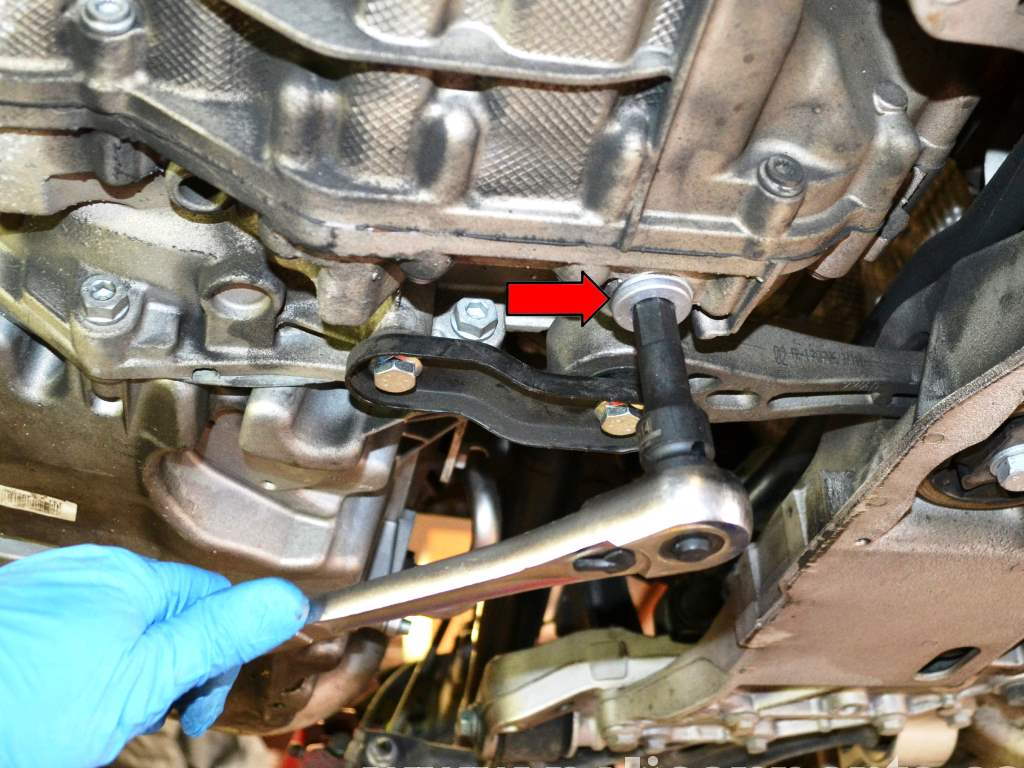
Figure 1. S-tronic drain plug uses a 14mm Allen wrench. 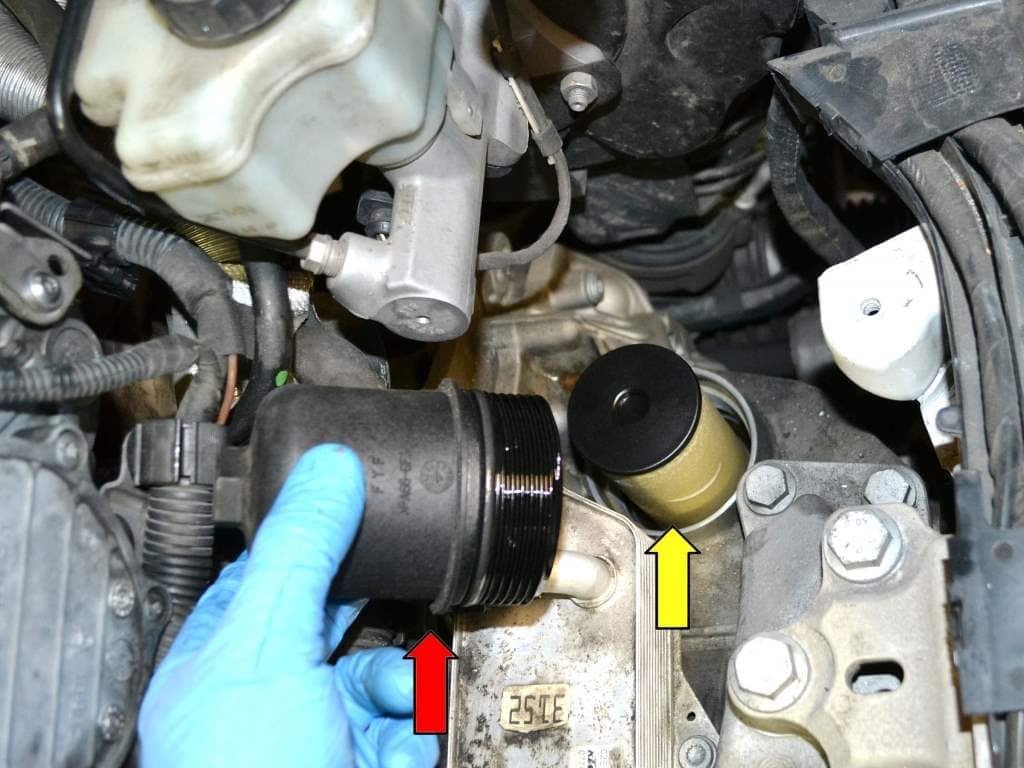
Figure 2. Though not factory recommended, you can fill the transmission through the filter on the top.
If the transmission fluid's level and color are good, proceed to Step 2.
Step 2 – Check transmission wires
They could be cracked or worn.
The S-tronic transmission has several electrical connections for power, computer control, and various sensors, and if one of them is pinched, shorted or broken, the transmission can act up. These wires are protected as much as they can, but in the end, they are still exposed to heat, oil, and various weather conditions.
With the car on jack stands, check under the car with your flashlight and inspect all the wires you can find. Any wear or cracks in the wires—which have been a common issue when it comes to transmission problems—can cause the signals to get altered, which could create a series of problems, such as hesitation, lagging, getting stuck in gears and the transmission warning light to go on. If you are comfortable with electrical issues, trace the wire and cut as well as splice a new piece to replace the damaged area.

Figure 3. Look for this plug on the transmission. 
Figure 4. Check all the wires attached to the transmission at this connector.
If the wires are in good shape, proceed to Step 3.
Step 3 – Check transmission filter
It could be dirty.
A dirty transmission filter could cause hesitation when shifting, and a very dirty one could mess up the line pressure and confuse the mechatronic unit. The transmission filter should be replaced at the same time you replace your transmission fluid. The filter is right on top of the S-tronic transmission, though you may have to take out the battery to get to it.
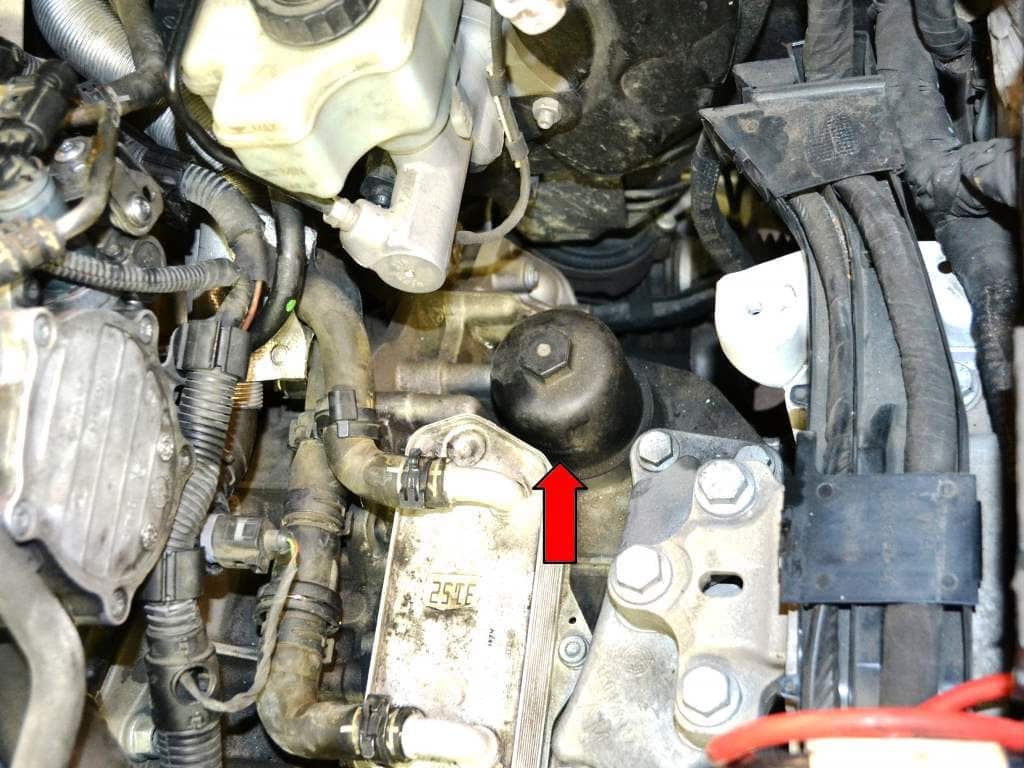
Figure 5. Transmission filter housing. 
Figure 6. The transmission filter itself.
If the filter is clean, proceed to Step 4.
Step 4 – Check the TCU
It could be faulty.
The TCU is your transmission controller unit; it is the computer designed to control your transmission. If this part goes bad, you typically will get flashing error messages on the dashboard, but you can also start hearing whining noise, hesitation, and anything related to gears. The most effective way to check if your transmission's controller unit is faulty is by reading the diagnostic code with a scanner. Audi chose a very odd location for the TCU on the A3, it is up under the inner fender, on the driver side.
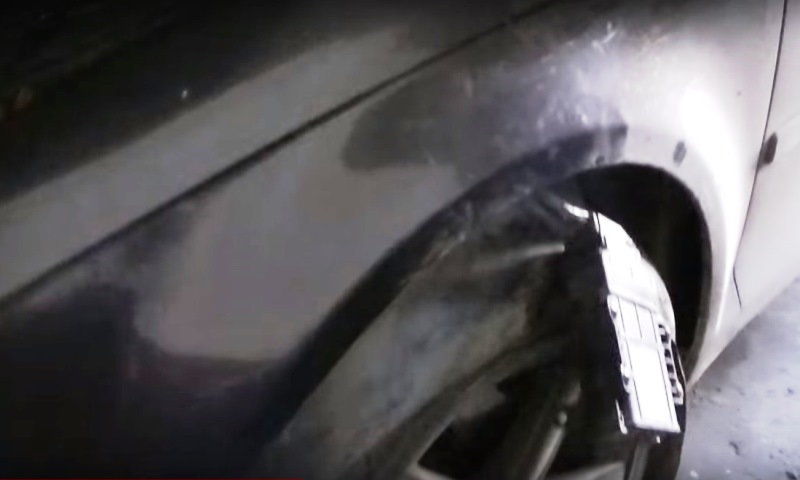
Related Discussions
- Rough Shifts - AudiWorld
- Clunking - AudiWorld
- Transmission Whine - AudiWorld
- Transmission Oil Change - PelicanParts

